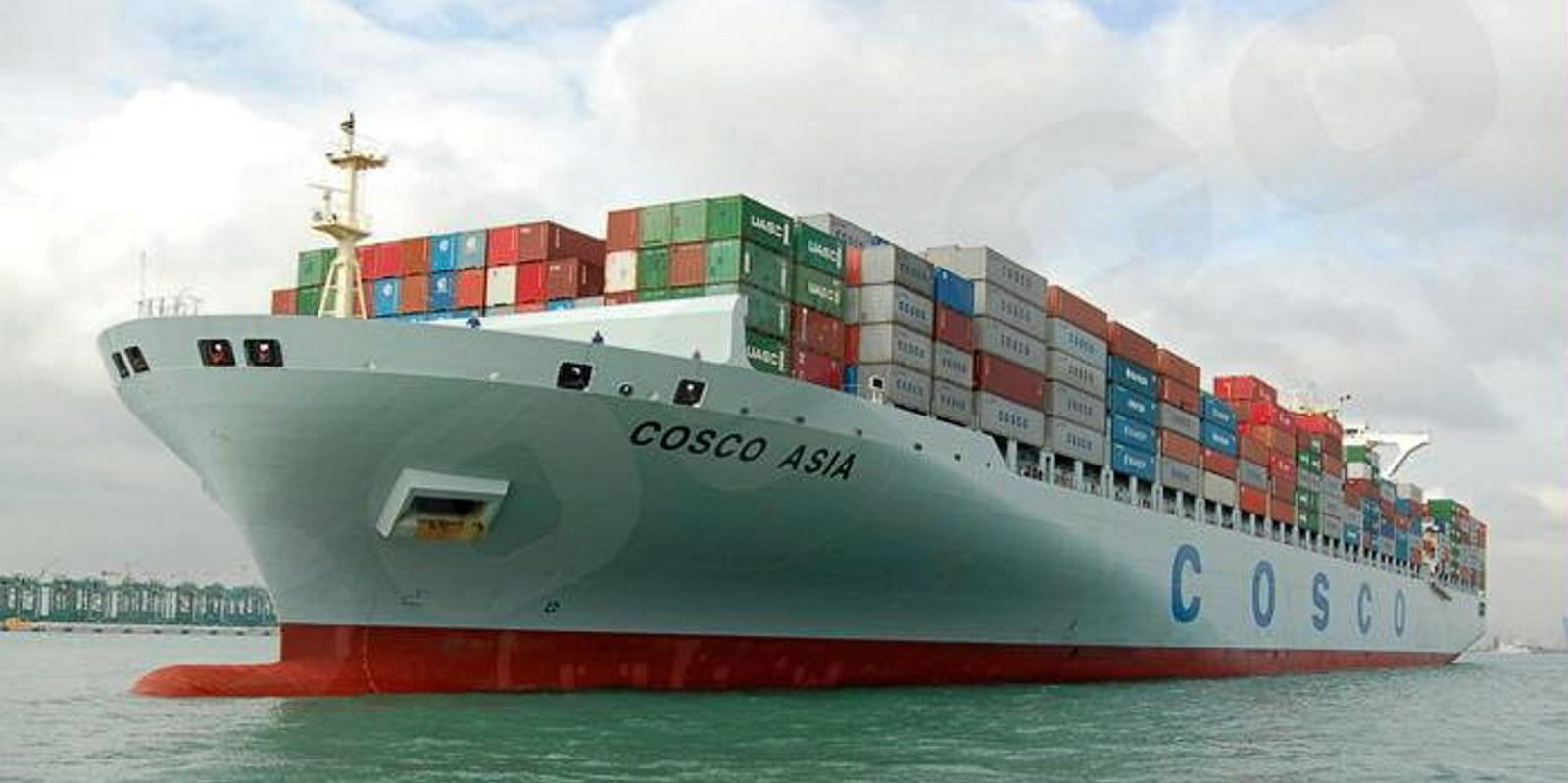Cosco Shipping Holdings, the main container arm of state giant China Cosco Shipping, has placed a $1.5bn newbuilding order for 10 large boxships at an affiliated yard.
The Shanghai and Hong Kong-listed company said on Thursday that it had agreed to pay Cosco Shipping Heavy Industry (Yangzhou) $876m for six 14,092-teu vessels and $620m for a quartet of 16,180-teu ships.
“The deal is in line with our development plan for the next five years," Cosco Holdings said in an exchange filing. "We will benefit from the newbuilding deal, as we can remain a market leader by obtaining the necessary shipping capacity.”
Cosco (Yangzhou), a wholly-owned unit of Cosco Shipping, will deliver the smaller ships between December 2023 and September 2024, and the larger ones between June and December 2025.
All 10 ships will be fitted with scrubbers and consume conventional fuels.
Cosco Holdings said the vessels will help the company reinforce competitiveness on east-west trading routes and expand in emerging, regional and third-country markets via vessel cascading.
“The sizes of those large vessels allow us to lower unit cost further," the company said. "We will be able to enjoy an even better cost advantage."
Cosco Holdings operates the world’s third-largest boxship fleet via two subsidiaries, Cosco Shipping Lines and Orient Overseas Container Line (OOCL).
In April, TradeWinds reported that Cosco Lines was looking to order up to 10 ships with a capacity of 13,000 teu each and that OOCL was seeking up to 15 vessels of 15,000 teu.
It is not immediately known whether Cosco Holdings is in talks to build more ships.
With freight rates at record high levels, container lines have rushed to order newbuildings in recent months to maintain or expand their fleets.
Clarksons Research data shows that 325 newbuilding boxships totalling 2.98m teu have been ordered so far this year.
Cosco Holdings has enjoyed strong earnings in recent quarters, with preliminary results suggesting that its net profit reached CNY 37.1bn ($5.72bn) between January and June versus 1.14bn in the first half of 2020.
The company plans to pay for at least 40% of the newbuilding contract price with existing liquidity. The remainder will be covered by bank loans.






